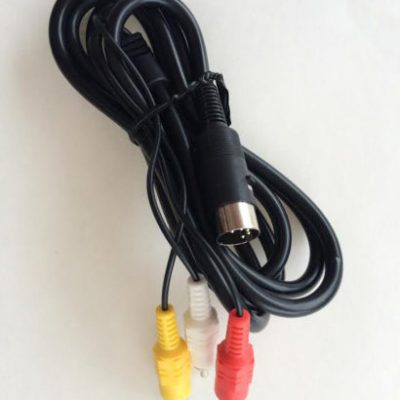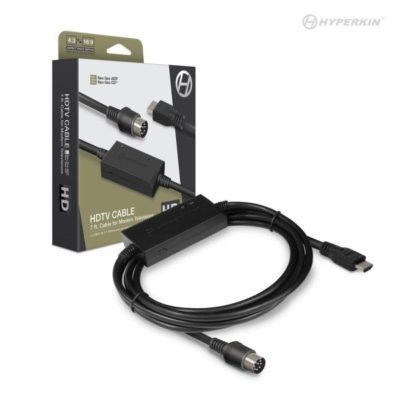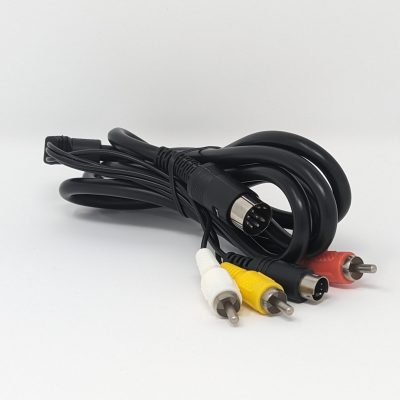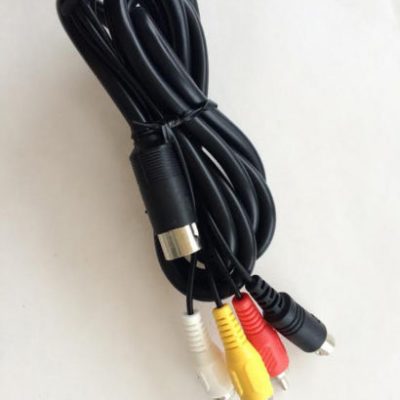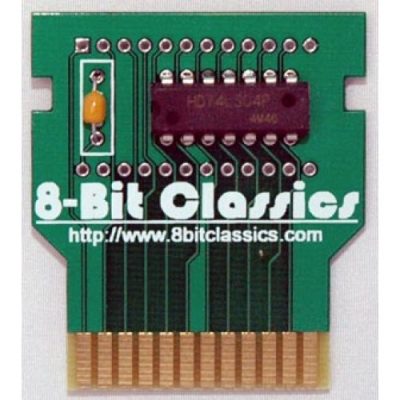Neo Geo AES
The Neo Geo hardware was an evolution of an older SNK/Alpha Denshi M68000 arcade platform that was used in Time Soldiers in 1987, further developed in the SNK M68000 hardware platform as used for P.O.W.: Prisoners of War in 1988. Contrary to other popular arcade hardware of the time, the SNK/Alpha Denshi hardware used sprite strips instead of the more common tilemap-based backgrounds. The Neo Geo hardware was essentially developed by Alpha Denshi’s Eiji Fukatsu, adding sprite scaling through the use of scaling tables stored in ROM as well as support for a much higher amount of data on cartridges and better sound hardware.
Takashi Nishiyama left Capcom, where he had created the fighting game Street Fighter (1987), to join SNK after they invited him to join the company. There, he was involved in developing the Neo Geo. He proposed the concept of an arcade system that uses ROM cartridges like a game console, and also proposed a home console version of the system. His reasons for these proposals was to make the system cheaper for markets such as China, Southeast Asia, Central America, and South America, where it was difficult to sell dedicated arcade games due to piracy. Nishiyama also created the Fatal Fury fighting game franchise, as a spiritual successor to the original Street Fighter. He also worked on the fighting game franchises Art of Fighting and The King of Fighters, as well as the run-and-gun shooter series Metal Slug.
The Neo Geo was announced on January 31, 1990 in Osaka, Japan and released on April 26, 1990. Initially, the AES home system was only available for rent to commercial establishments, such as hotel chains, bars and restaurants. When customer response indicated that some gamers were willing to buy a US$650 console, SNK expanded sales and marketing into the home console market in 1991.
Neo Geo’s graphics and sound are largely superior to other contemporary home consoles, arcades, and even computers such as the Sharp X68000. Unlike earlier systems, the Neo Geo AES was intended to reproduce the same quality of game as the arcade MVS system. The MVS was one of the most powerful arcade units at the time, allowing the game ROM to be loaded from interchangeable cartridges instead of using custom, dedicated hardware cabinets for each game.
In the United States, the console’s debut price was planned to be US$599 and included two joystick controllers and a game: either Baseball Stars Professional or NAM-1975. However, the price was raised and its American launch debuted as the Gold System at US$649.99 (equivalent to $1,235 in 2020). Later, the Gold System was bundled with Magician Lord and Fatal Fury. The Silver System package, launched at US$399.99, included one joystick controller and no pack-in game. Other games were launched at about US$200 and up. At double or quadruple the price of the competition, the console and its games were accessible only to a niche market. However, its full compatibility meant that no additional money was being spent on porting or marketing for the AES, since the MVS’ success was automatically feeding the AES, making the console profitable for SNK.
* Information provided by Wikipedia
| Manufacturer | SNK Corporation |
| Type | Home video game console |
| Release Date | August 22, 1990 |
| Introductory price | US$649.99 |
| Discontinued | December 1997 |
| Units sold | 1 million |
| Media | ROM Cartridge |
| CPU | Motorola 68000 @ 12MHz |
| Zilog Z80A @ 4MHz | |
| Memory | 64KB RAM, 84KB VRAM, 2KB Sound Memory |
| Graphics | 320×224 resolution |
| 4096 colors on screen out of 65536 | |
| Storage | Memory Card |
| Sound | Yamaha YM2610 |

